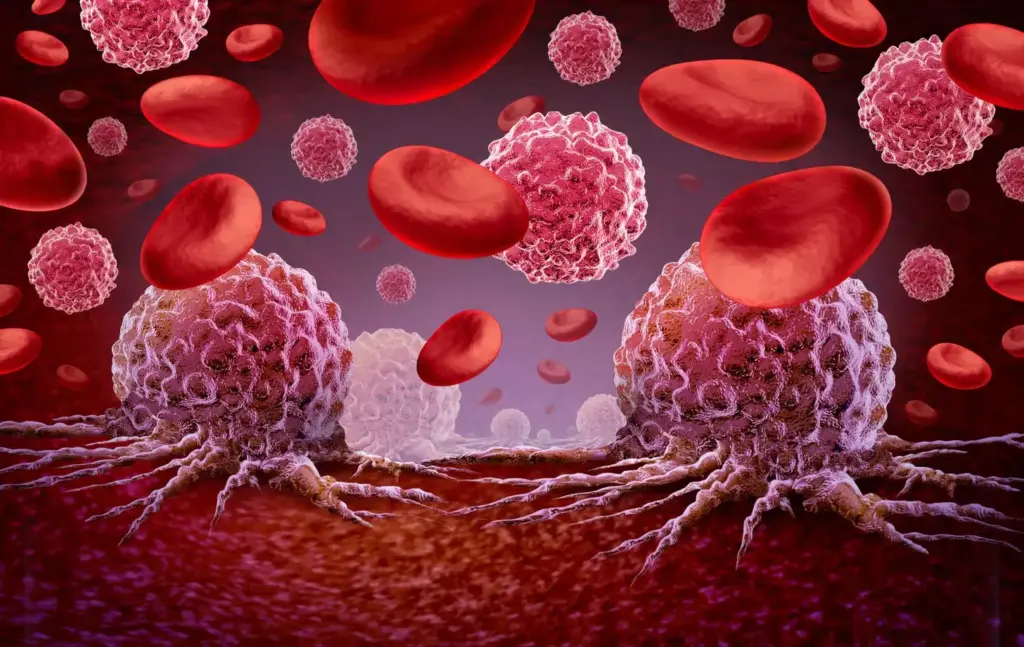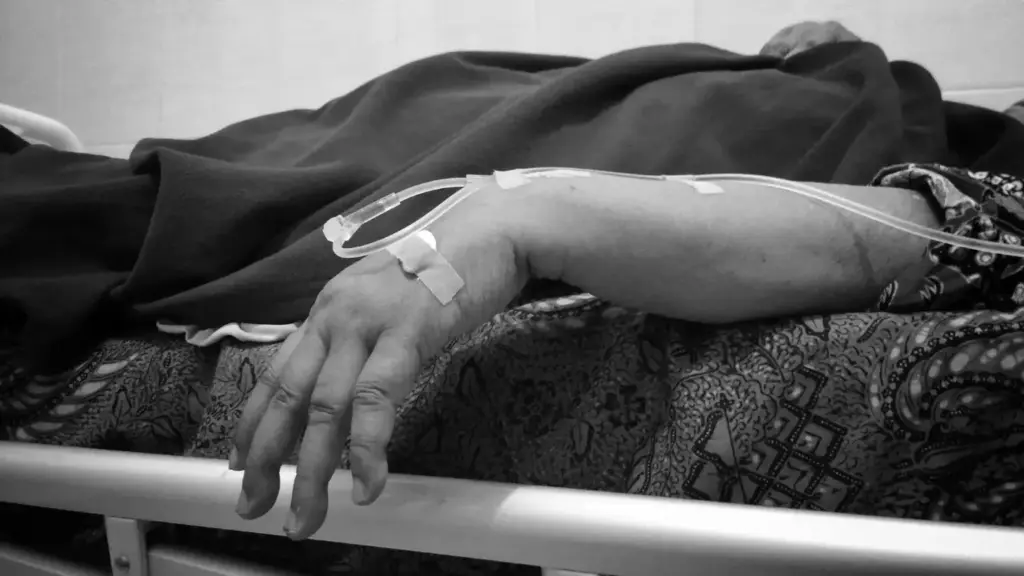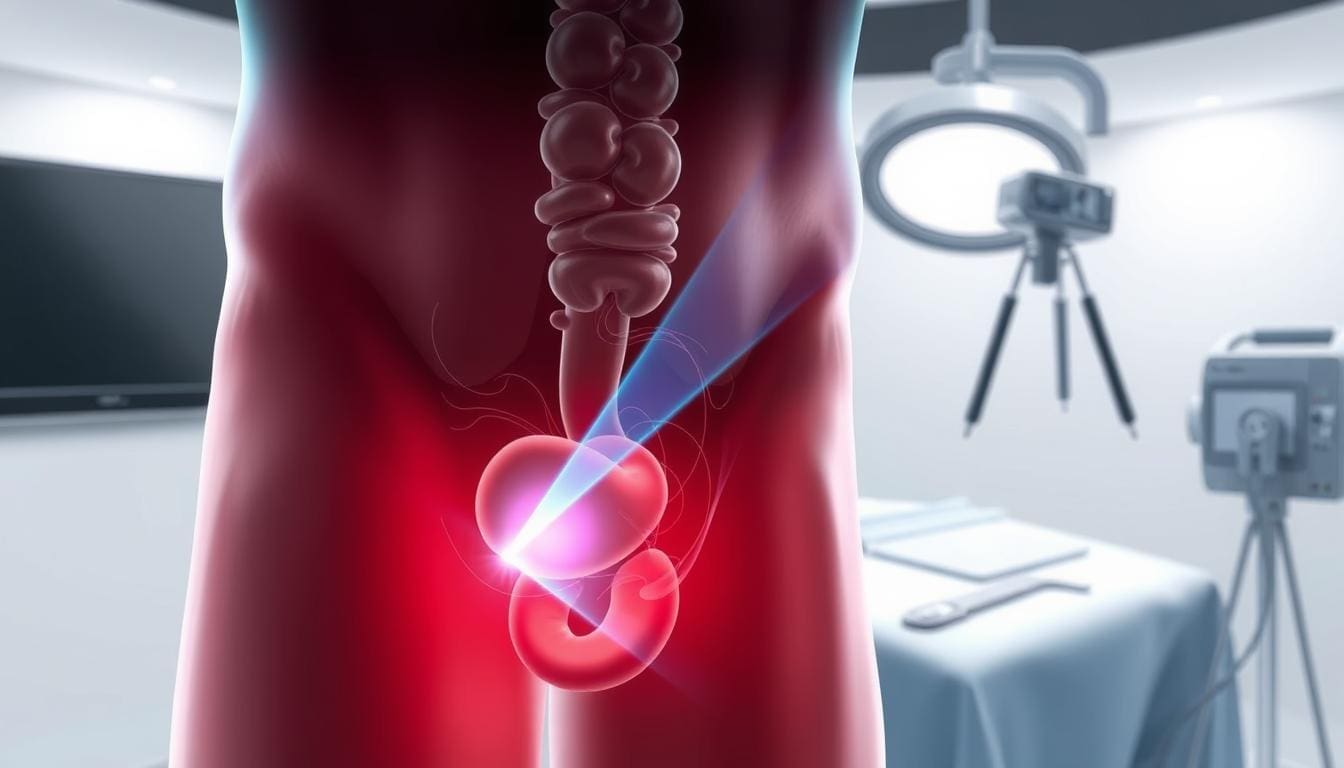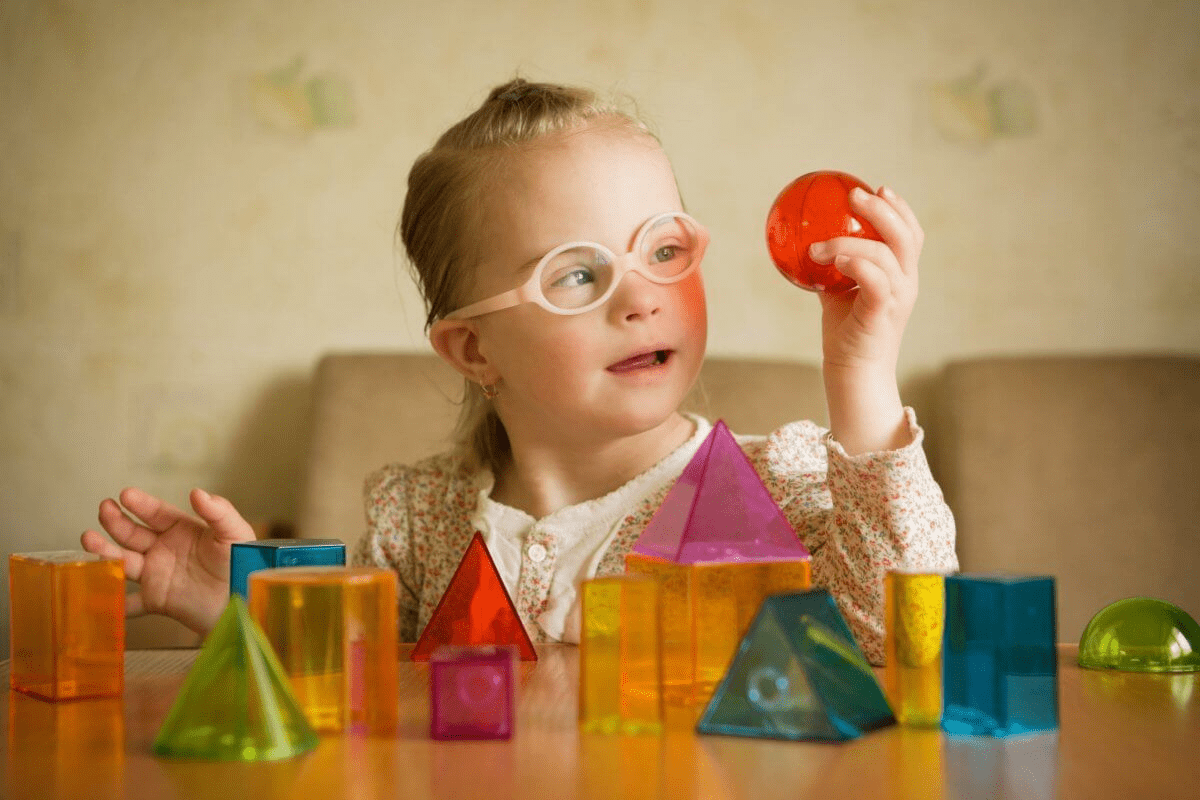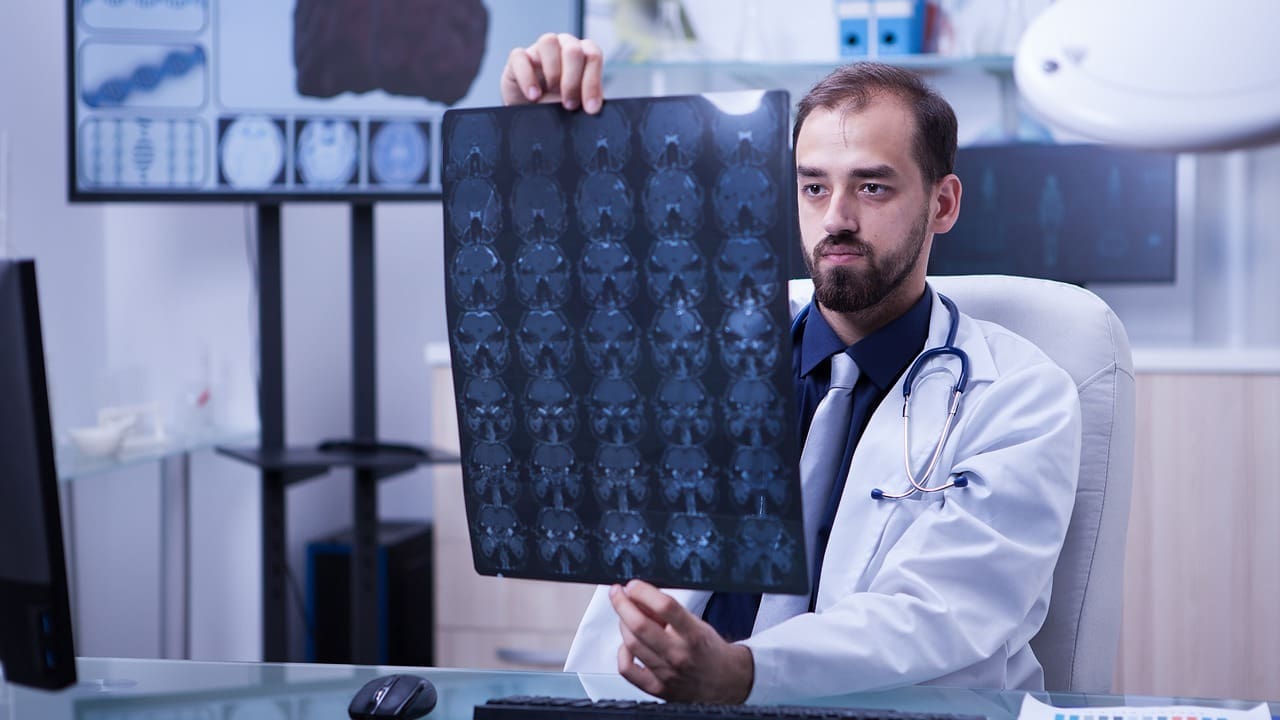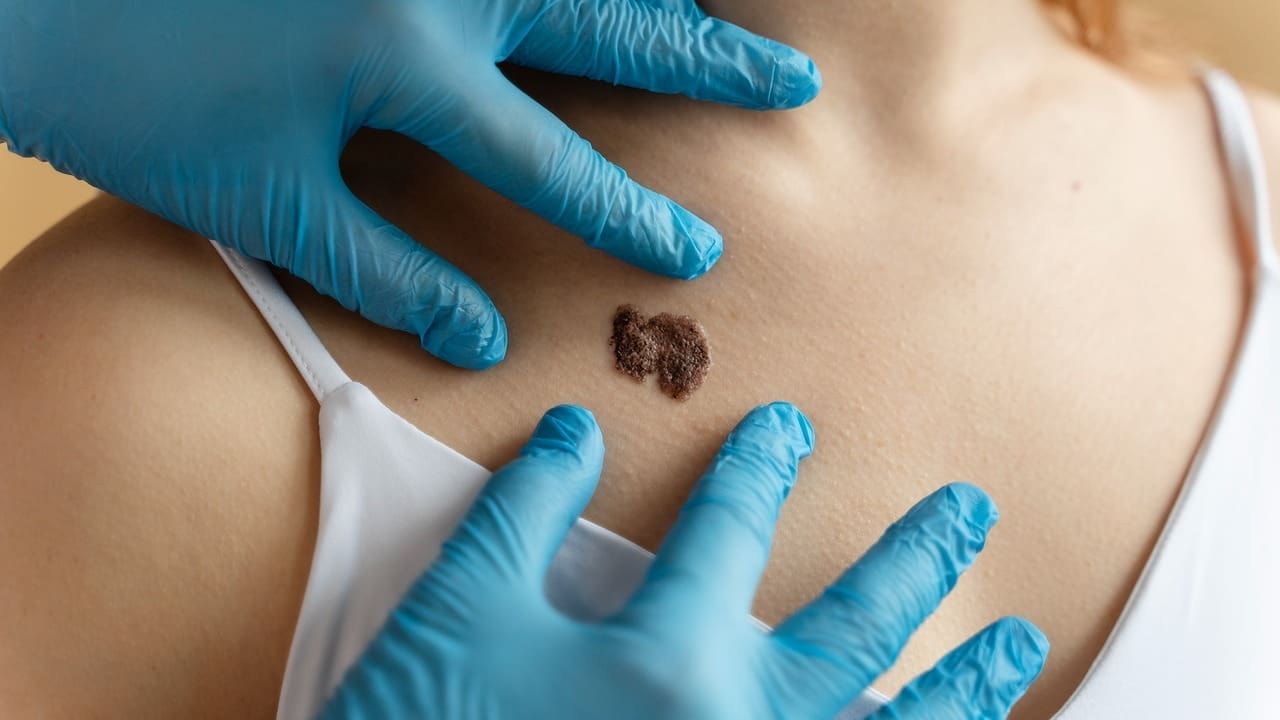Last Updated on November 27, 2025 by Bilal Hasdemir
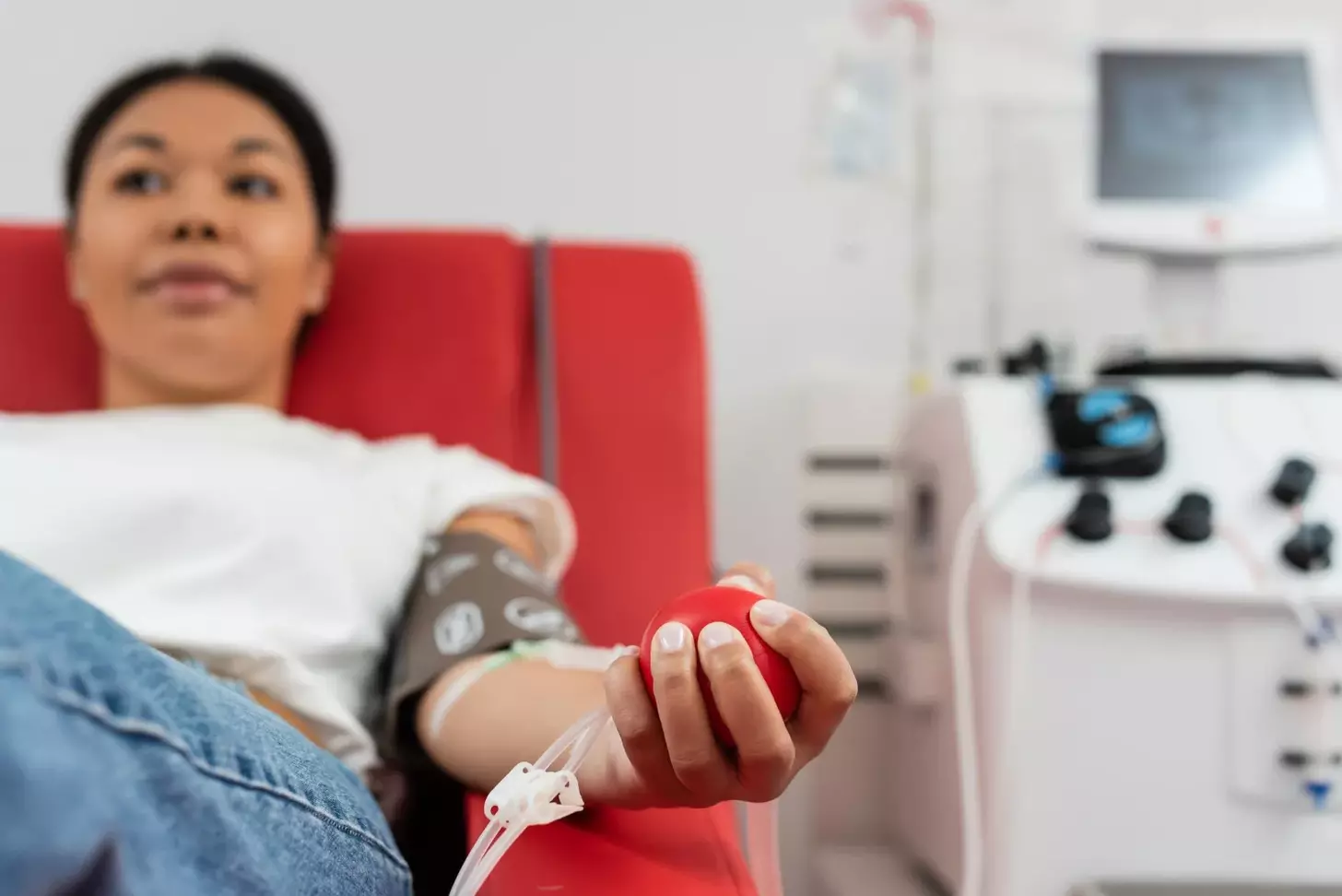
Treating blood cancer often involves chemotherapy. This treatment can greatly affect patients’ quality of life. At Liv Hospital, we focus on managing side effects to give our patients the best care.
Chemotherapy for blood cancer can cause many side effects. These include myelosuppression, leading to anemia, thrombocytopenia, neutropenia, and leukopenia. Knowing these common side effects is key to managing treatment.
We are dedicated to supporting our patients through their treatment. By understanding the chemo effects on the body, we can lessen them. This helps improve treatment results.
Key Takeaways
- Chemotherapy is a common treatment for blood cancer.
- Understanding the possible side effects is vital for effective management.
- Liv Hospital is committed to providing complete care for patients undergoing chemotherapy.
- Managing side effects is essential to better treatment outcomes.
- Patients should be aware of chemotherapy risks and take preventive steps.
The Nature of Blood Cancer and Chemotherapy Treatment
Blood cancer treatment includes many therapies, with chemotherapy being a key one. It targets cancer cells. We will look at the types of blood cancers and how chemotherapy treats them.
Types of Blood Cancers and Their Treatment Approaches
Blood cancer includes leukemia, lymphoma, and multiple myeloma. Each type needs a specific treatment plan. This plan depends on the cancer’s type and the patient’s health.
Leukemia is a cancer of the blood and bone marrow. It makes abnormal white blood cells quickly. Chemotherapy is often used to get the cancer into remission.
Lymphoma starts in the lymphatic system, affecting the immune system. Chemotherapy is a common treatment. It’s sometimes paired with radiation therapy.
Multiple myeloma is a cancer of plasma cells in the bone marrow. Treatment may include chemotherapy, targeted therapy, and stem cell transplantation.
How Chemotherapy Targets Cancer Cells
Chemotherapy targets cells that divide quickly, like cancer cells. It uses drugs that stop cell division. This helps control cancer growth and spread.
Chemotherapy’s success depends on the blood cancer type, its stage, and the patient’s health. Knowing how chemotherapy works is key to managing treatment side effects.
Understanding Blood Cancer Chemotherapy Side Effects
It’s important for patients with blood cancer to know about chemotherapy side effects. This treatment kills fast-growing cancer cells but also harms healthy cells. This can cause various side effects.
Why Side Effects Occur During Treatment
Chemotherapy side effects happen because it can’t tell the difference between cancer cells and healthy cells. These healthy cells include hair follicles, bone marrow, and the digestive tract lining. This damage leads to side effects.
Side effects like hair loss, fatigue, and nausea are common. Knowing this helps patients get ready for the challenges of treatment.
Factors That Influence Side Effect Severity
Several things can make chemotherapy side effects more or less severe. These include:
- The type of chemotherapy drugs used
- The dosage and frequency of treatment
- The patient’s overall health and age
- Previous treatments or underlying health conditions
Intravenous chemo side effects can differ a lot from one person to another. For example, someone with heart disease might face more severe side effects from certain drugs.
Temporary vs. Persistent Side Effects
Some side effects go away after treatment ends, while others last longer. It’s key to know the difference to manage expectations and improve life quality.
Knowing how long can chemo side effects last helps patients plan for the future. It also helps them find the right support during and after treatment.
Hematological Complications: Anemia and Bleeding Issues
Hematological complications like anemia and bleeding are common in blood cancer patients. These issues come from myelosuppression. This is when the bone marrow can’t make blood cells well.
Anemia: Causes, Symptoms, and Body Impact
Anemia means not enough red blood cells or hemoglobin. Chemotherapy can harm the bone marrow, leading to anemia. Symptoms include tiredness, weakness, pale skin, and shortness of breath.
Managing anemia involves treating the cause. This might include blood transfusions, iron supplements, or drugs that help make more red blood cells. “Early detection and treatment of anemia are key to avoiding complications and improving outcomes,” say doctors.
Bleeding Problems Due to Low Platelet Counts
Bleeding issues are another big problem with chemotherapy. Low platelet counts, or thrombocytopenia, happen when the bone marrow can’t make enough platelets. This makes it hard for blood to clot, leading to easy bruising and bleeding.
- To manage bleeding risks, we recommend avoiding activities that could cause injury.
- Patients should also be cautious when using sharp objects or engaging in contact sports.
- In severe cases, platelet transfusions may be necessary to prevent or stop bleeding.
Increased Infection Risk from Reduced White Blood Cells
Chemotherapy can also lower white blood cells, or neutropenia. White blood cells fight off infections. Without enough, patients are more likely to get sick.
Prompt recognition and treatment of infections are critical to prevent serious complications. Patients should tell their healthcare provider right away if they have fever, chills, or cough.
In conclusion, anemia, bleeding problems, and increased infection risk are big worries for patients on chemotherapy for blood cancer. Knowing these risks and how to manage them can help improve patient outcomes and quality of life.
Fatigue and Energy-Related Side Effects
Chemotherapy-induced fatigue is a big problem for blood cancer patients. It makes everyday life hard and affects how well they feel. This fatigue is not just feeling tired; it’s a deep lack of energy.
Understanding Chemotherapy-Induced Fatigue
This fatigue is not like normal tiredness. It’s a constant and strong feeling of tiredness. The exact cause is not known, but it’s thought to be linked to how the body reacts to chemotherapy, anemia, stress, and other factors.
Factors Contributing to Chemotherapy-Induced Fatigue:
- Chemotherapy drugs
- Anemia or low red blood cell count
- Infection or inflammation
- Metabolic changes
- Stress and anxiety
- Poor nutrition
Impact on Daily Activities and Quality of Life
Fatigue makes simple tasks hard. Things like cooking, cleaning, or even showering can be exhausting. This affects not just the patient but also their family and caregivers.
The emotional impact of fatigue is huge. It can cause feelings of frustration, isolation, and depression. It’s important to understand this to provide the best care.
Management Strategies for Energy Conservation
Managing fatigue needs a few steps. Here are some ways to help:
| Strategy | Description |
|---|---|
| Prioritize Activities | Focus on essential tasks and delegate or postpone less important ones. |
| Energy Conservation Techniques | Take regular breaks, pace activities, and avoid overexertion. |
| Nutritional Support | Maintain a balanced diet rich in proteins, complex carbohydrates, and healthy fats. |
| Physical Activity | Engage in gentle exercises like walking or yoga, as tolerated. |
By understanding and managing chemotherapy-induced fatigue, patients can improve their life quality. This makes dealing with this side effect easier.
Physical Appearance Changes: Hair Loss and Skin Issues
Chemotherapy for blood cancer can change a patient’s look a lot. These changes can make a patient feel bad about themselves and lower their quality of life.
Hair Loss: Mechanisms and Emotional Impact
Hair loss, or alopecia, is a common side effect of chemotherapy. It happens because chemotherapy targets fast-growing cells, like hair follicles. This leads to hair loss on the scalp and body. It can really affect a patient’s feelings about themselves.
“Losing my hair was like losing a part of myself,” said a patient undergoing chemotherapy. “It was a constant reminder of my illness.”
Talking to healthcare providers about hair loss can help. They can discuss options like scalp cooling to lessen hair loss.
Skin, Nail, and Mucous Membrane Changes
Chemotherapy can also change the skin, nails, and mucous membranes. Skin might get dry, sensitive, or change color. Nails can become brittle or have ridges. Mucous membranes may get inflamed, causing mouth sores.
- Dry skin care: Use gentle moisturizers and avoid harsh soaps.
- Nail care: Keep nails trimmed and use nail strengthening products.
- Mouth care: Practice good oral hygiene and use a soft-bristled toothbrush.
Coping Strategies and Supportive Care
Dealing with physical changes needs a variety of approaches. Supportive care, like counseling and support groups, helps with emotional issues. Making lifestyle changes, like using gentle skin care and wigs or headscarves, can also help.
Key coping strategies include:
- Seeking support from healthcare professionals and support groups.
- Using cosmetic products and accessories to manage appearance changes.
- Practicing self-care and stress management techniques.
Understanding the reasons for these changes and using good coping strategies can help patients deal with chemotherapy’s side effects.
Neurological Side Effects: Neuropathy and Cognitive Changes
Patients with blood cancer who get chemotherapy might face neurological side effects. These include neuropathy and cognitive changes. These issues can really affect their life quality. It’s key to understand and handle them well.
Peripheral Neuropathy: Symptoms and Long-term Effects
Peripheral neuropathy is a common side effect of chemotherapy. It damages the nerves outside the brain and spinal cord. Symptoms like numbness, tingling, pain, and weakness in hands and feet can happen. These symptoms might last long after treatment, making daily life hard.
Cognitive Impairment (“Chemo Brain”)
Cognitive impairment, or “chemo brain,” is another big side effect of chemotherapy. It shows as memory issues, trouble focusing, and less mental sharpness. These problems can make it hard for patients to work and do everyday things.
We aim to help patients deal with these tough times. We offer resources and tips for managing cognitive issues. This includes cognitive therapy, making lifestyle changes, and joining support groups.
Monitoring and Managing Neurological Complications
It’s vital to watch and manage neurological problems closely. Regular checks by doctors can spot symptoms early. This lets for quick action.
We stress the need for a team effort in care. This team should include oncologists, neurologists, and other experts. Working together, we can make patients’ lives better and improve their quality of life.
Gastrointestinal and Digestive System Impacts
Chemotherapy for blood cancer can harm the digestive system. This leads to side effects that affect comfort and nutrition. It’s key to manage these side effects to keep patients healthy during treatment.
Nausea, Vomiting, and Appetite Changes
Nausea and vomiting are common with chemotherapy. They can change appetite and lead to malnutrition. Managing these symptoms well is important for patients to get enough nutrition.
Patients might not want to eat because of taste changes or nausea. Eating nutrient-rich foods that are easy to digest is advised. Small, frequent meals and avoiding strong-smelling foods can help.
Mouth Sores and Oral Complications
Mouth sores, or mucositis, are painful side effects of chemotherapy. They make eating and drinking hard. Good oral hygiene, like gentle brushing and saltwater rinses, can help manage mouth sores.
For more tips on managing side effects during chemotherapy, visit our guide on chemotherapy care.
| Oral Care Tip | Benefit |
|---|---|
| Gentle Brushing | Reduces risk of infection |
| Saltwater Rinse | Soothes mouth sores |
| Avoiding Spicy Foods | Minimizes discomfort |
Nutritional Support During Treatment
Nutritional support is key during chemotherapy. It helps manage side effects and keeps strength up. Eating a balanced diet with proteins, vitamins, and minerals is recommended.
In some cases, supplements are needed for enough nutrition.
Drinking plenty of fluids is also important. Patients should talk to their healthcare team about their nutritional needs. This helps create a personalized plan for treatment.
Allergic Reactions and Immune System Responses to Intravenous Chemotherapy
Intravenous chemotherapy is a common treatment for blood cancer. It can cause allergic reactions, from mild to severe. These reactions happen because the immune system sees the drugs as foreign. Knowing the types of reactions, identifying risks, and preventing them are key to managing side effects.
Types of Allergic Reactions During Treatment
Allergic reactions to intravenous chemotherapy can vary. Mild reactions might show as redness or itching at the injection site. Severe reactions can be life-threatening, like anaphylaxis. Anaphylaxis causes trouble breathing, a fast heartbeat, and low blood pressure, needing quick medical help.
The table below lists common allergic reactions to intravenous chemotherapy:
| Type of Reaction | Symptoms | Severity |
|---|---|---|
| Mild Allergic Reaction | Redness, itching at the injection site | Mild |
| Moderate Allergic Reaction | Hives, itching, swelling | Moderate |
| Severe Allergic Reaction (Anaphylaxis) | Difficulty breathing, rapid heartbeat, drop in blood pressure | Severe |
Risk Factors and Prevention Strategies
Some factors increase the risk of allergic reactions to intravenous chemotherapy. These include a history of allergies, previous reactions to chemotherapy, and the specific drugs used. Healthcare providers often give premedications to lower the risk of an allergic reaction.
Prevention also means watching patients closely during treatment. This helps catch any bad reactions early, so they can be quickly treated.
Emergency Management of Severe Reactions
Severe allergic reactions need quick action. Healthcare providers know how to handle anaphylaxis and other severe reactions. They use emergency protocols, including giving epinephrine, oxygen, and making sure the patient can breathe.
Patients and their caregivers should know the signs of severe allergic reactions. They should know when to get immediate medical help.
By understanding the risks and using good prevention and emergency plans, we can make treatment safer for patients with blood cancer.d
Conclusion: Managing Blood Cancer Treatment Side Effects
Managing side effects of blood cancer treatment is key to better patient outcomes and quality of life. We understand the challenges of chemotherapy and its effects on the body. This is why we focus on providing complete care for patients’ needs.
Liv Hospital leads in delivering top-notch, patient-focused care. We aim for ‘5-star tourism healthcare’ and ‘up-to-date academic protocols.’ This ensures patients get the support they need to manage their treatment journey well. Handling side effects of blood cancer treatment is a big part of our care, and we’re committed to improving patient well-being through it.
By knowing the common side effects of chemotherapy and using effective management strategies, we can boost treatment success and patient quality of life. At Liv Hospital, we’re dedicated to giving world-class healthcare with full support for international patients. We make sure they get the best care during their treatment.
FAQ
What are the common side effects of blood cancer chemotherapy?
Side effects include anemia, bleeding, and increased infection risk. Fatigue, hair loss, and skin issues are also common. Neurological problems, nausea, vomiting, and mouth sores can occur too.
How does chemotherapy cause side effects?
Chemotherapy targets fast-growing cancer cells. But it also harms healthy cells, leading to side effects.
What factors influence the severity of chemotherapy side effects?
The type and dose of chemotherapy matter. So does the patient’s health and any other medical conditions.
How can anemia be managed during chemotherapy?
Anemia is managed with iron supplements, erythropoiesis-stimulating agents, and blood transfusions. Eating foods high in iron also helps.
What are the symptoms of peripheral neuropathy caused by chemotherapy?
Symptoms include numbness, tingling, pain, and weakness in hands and feet. These can affect daily life and quality of life.
How can patients cope with hair loss due to chemotherapy?
Patients can use wigs, hats, or scarves to cope with hair loss. Emotional support from family, friends, or support groups is also helpful.
What nutritional support is recommended during chemotherapy?
A balanced diet rich in proteins, vitamins, and minerals is recommended. Avoid foods that can make side effects worse, like nausea and mouth sores.
How can allergic reactions to intravenous chemotherapy be managed?
Allergic reactions are managed by identifying risk factors and using pre-medication. Having emergency plans in place is also important.
What is “chemo brain,” and how can it be managed?
“Chemo brain” is cognitive impairment from chemotherapy. It includes memory problems and difficulty concentrating. Cognitive training, stress management, and lifestyle changes can help manage it.
How can patients conserve energy during chemotherapy?
Patients can conserve energy by prioritizing activities and taking breaks. Gentle exercises like yoga or walking are also helpful.
What role do organizations like Liv Hospital play in managing chemotherapy side effects?
Organizations like Liv Hospital provide care and supportive services. They help manage side effects and improve patient outcomes with up-to-date treatment protocols.


